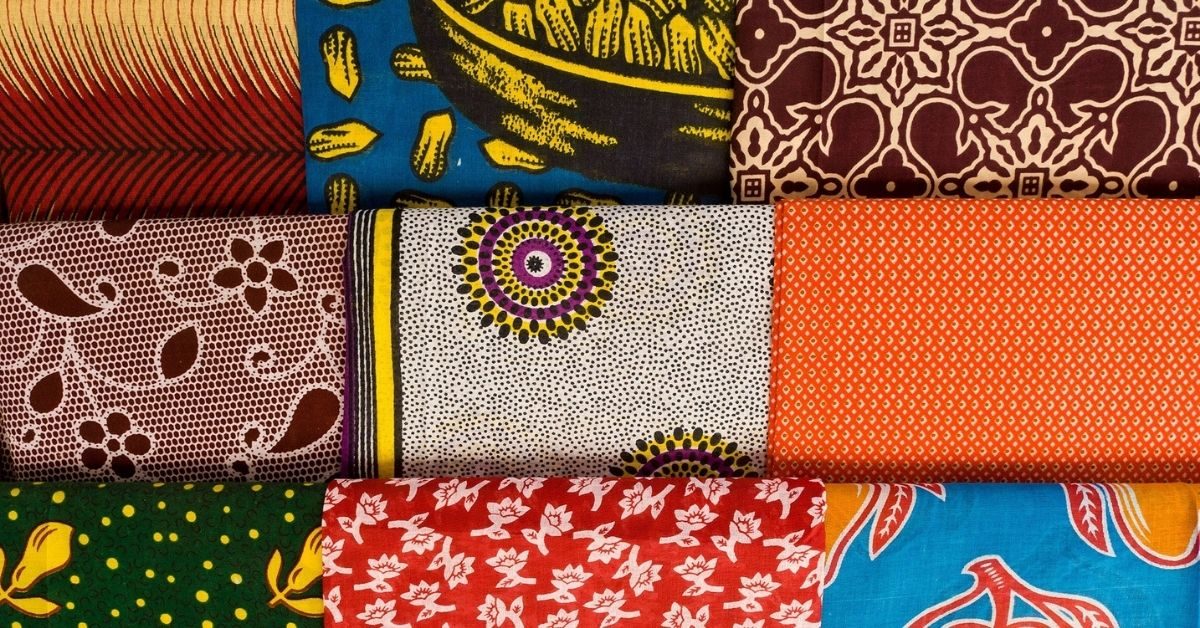The textile and clothing industry has expressed concerns over the GST Council’s proposed plan to implement the increase in GST rates on fabrics and garments from 5% to 12% from January 1, 2022, arguing that such a move will affect 85% of the industry and affect nearly 80% of the final products to the consumers as the GST rates for garments over Rs 1,000 already stands at 12%.
The objective behind the proposed increase is to correct the problem of Inverted Duty Structure faced by a small segment of the textile value chain, which according to the stakeholders, constitutes not more than 15% of the total Industry. They argue that the proposed increase will create greater stress on the working capital requirements of the industry, especially the MSME Sector, which is already struggling to achieve pre-pandemic levels of growth given the ongoing increase in the cost of raw materials such as yarn, fabric, fuel, packaging materials, transportation, etc.
According to Ashok Todi, President, WBHA & chairman, Lux Industries, “Adding another increment will lead to a very severe drop in consumption, or a shift to cheaper and lower quality goods.” K B Agarwala, President, FOHMA, & MD of Rupa Company, said, “An increase in taxes by as much as 7% will lead to a much higher level of job losses – possibly in excess of 2 million.”
As a result, the industry has urged the Central and state governments and the GST Council to review their decision and maintain the current GST rate on the hosiery, knitwear fabric and garment industry. “We believe that a far more beneficial and reasonable solution, which will not only resolve the inverted duty structure anomaly but also give a fillip to the industry,” said Sanjay Kumar Jain, vice president, FOHMA.
Source : A2Z Tax Corp







